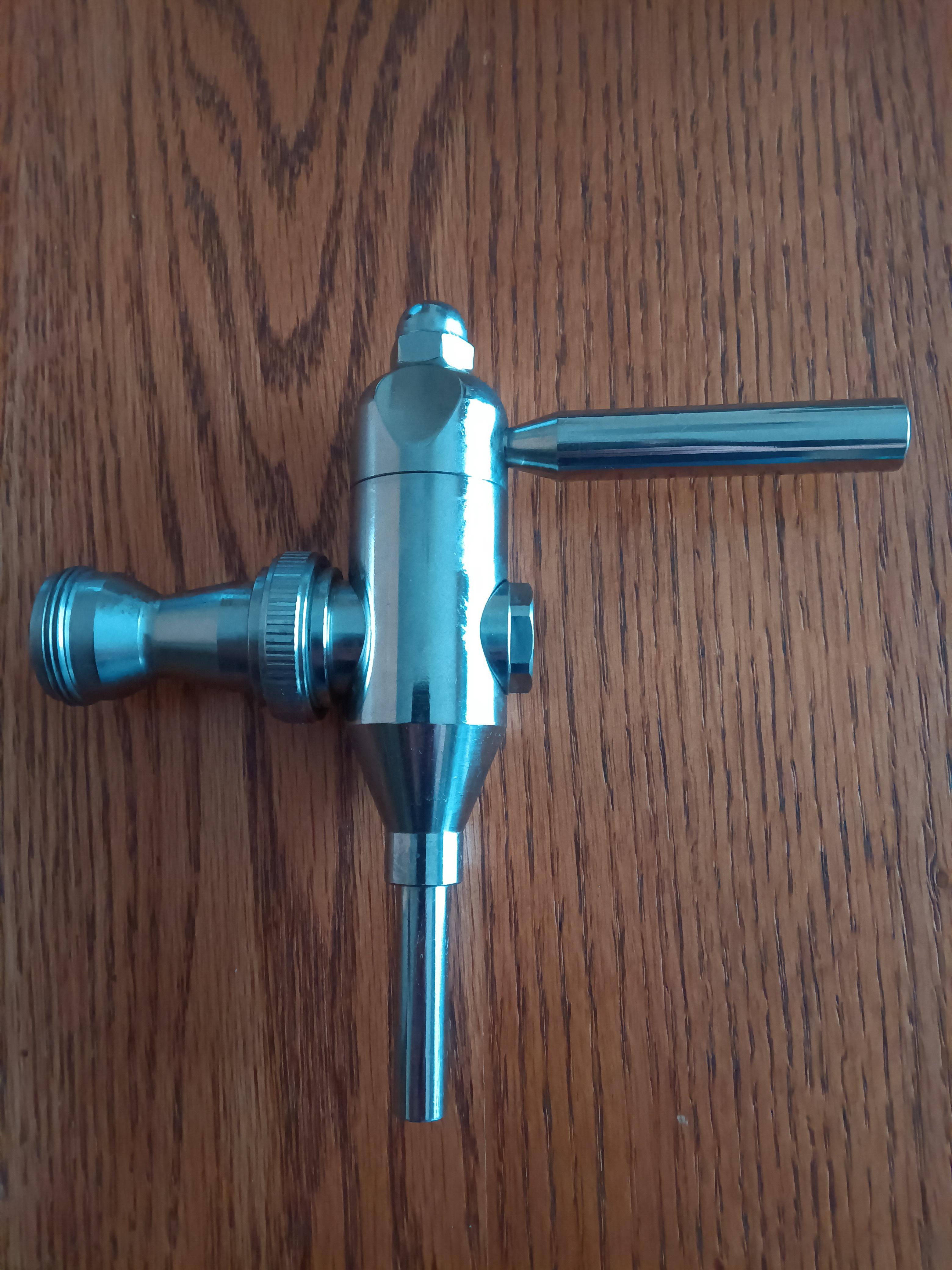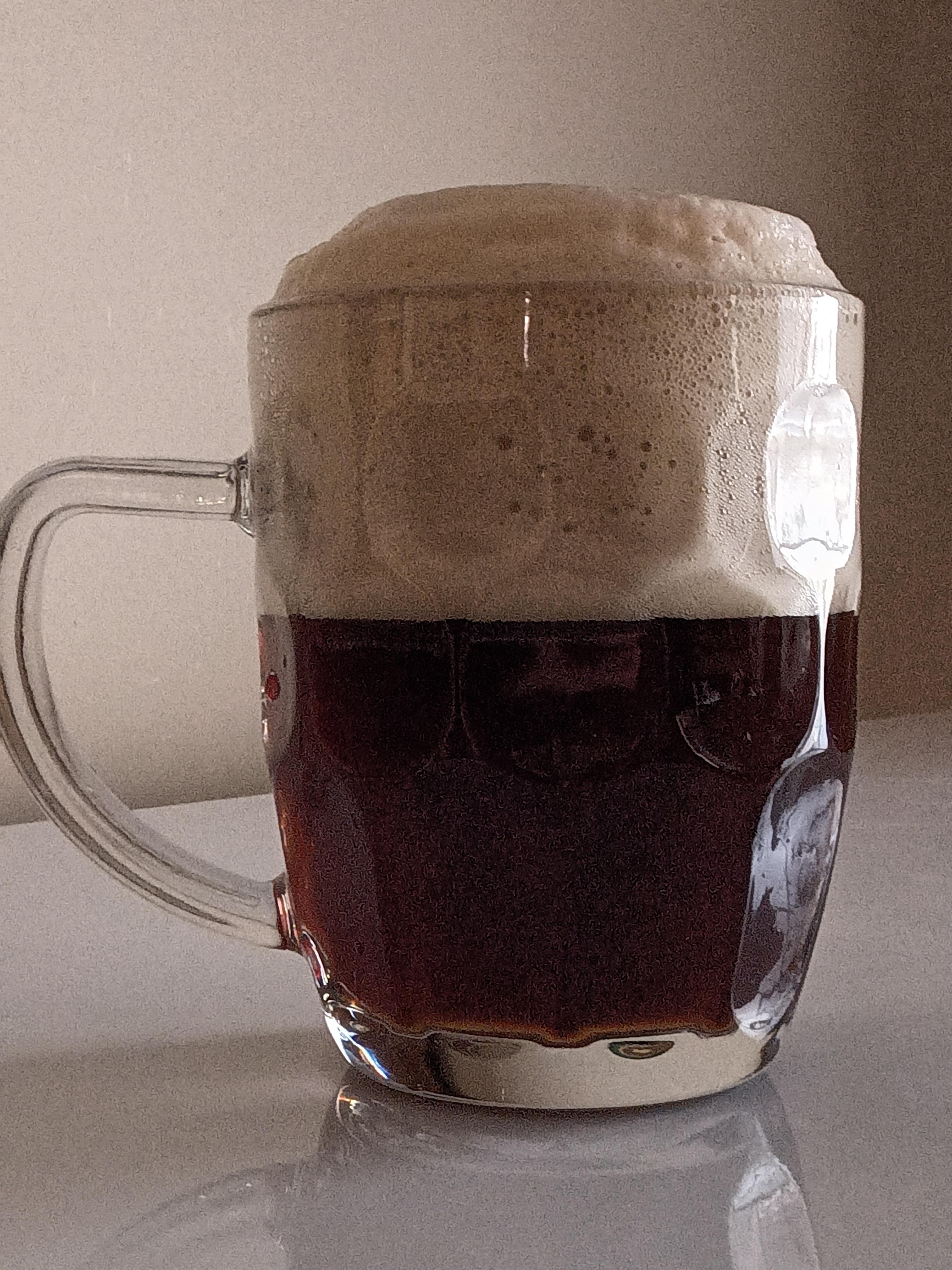A sign of ingenuity and invention, the
slow pour is a technique of pouring beer from a LUKR faucet started by Ashleigh Carter and Bill Eye, owners of the famous Bierstadt Lagerhaus in Denver, CO.
The two started the slow pour because they found this the best way to pour their pilsner and give the character they wanted to the beer.
Carter shared with us that from the very beginning at Bierstadt they wanted to change how Americans approached pouring beer, promoting an appreciation for the liquid with #properglassware (not the dreaded shaker pint!).
The slow pour is simply a new interpretation of using the side-pull faucet, which technically was only invented in the 1990s.
“That’s the way I like my beer poured,” says Carter in
another piece for Hop Culture. “When we opened this place ourselves we made a conscious decision: Are we really going to make every pils take long to pour? Are we going to do this to the bartenders? We looked at each and said, ‘You know what? I want the customer to have the same experience that I like having.’”
Whereas most of the pours mentioned above take between three to five seconds, the slow pour can take up to seven
minutes, building up a very presentable head of foam that spills over the top of the glass.
“You can make some really beautiful-looking pillowy, almost ice cream cone collars of foam on top, but it’s a different type of foam, not a drinkable foam, more like a meringue at that point,” says Witte.
A slow pour does produce a more tannic foam, as opposed to the wet, creamy version you’ll find in the above pours (which is why Havránek at LUKR isn’t a fan), but the slow pour creates a beautiful presentation, reduces carbonation in the beer, and overall provides an incredible consumer experience.





